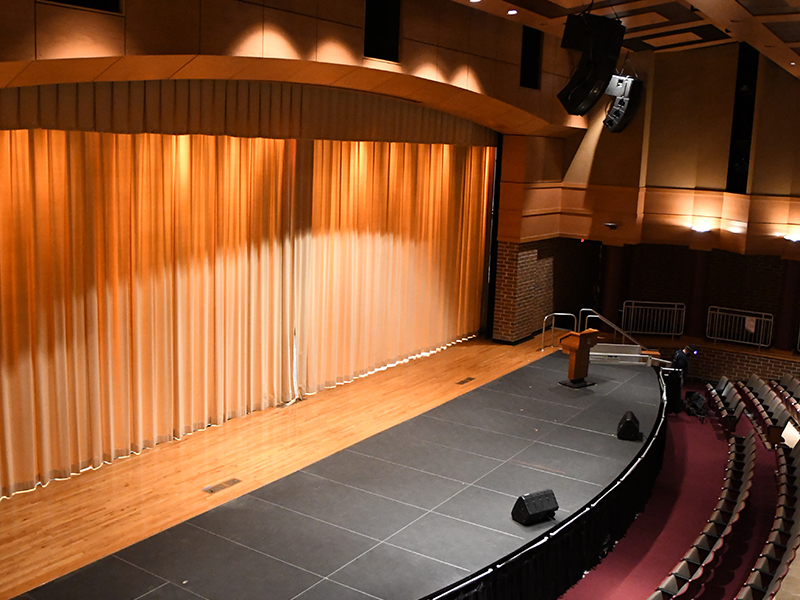One of the first steps in selecting a security camera system is to identify the types of cameras required. There are several options available, including bulb cameras, cylinder cameras, and PTZ (pan-tilt-zoom) cameras. Bulb cameras are often utilized for indoor surveillance due to their subtle design, while bullet cameras are more appropriate for outdoor use because of their robustness and long-range capabilities. PTZ cameras offer flexibility, allowing users to remotely control the camera's position. Comprehending the advantages and disadvantages of each type can help businesses choose the appropriate cameras for their specific environments.
Another crucial consideration is the design of the property. Conducting a comprehensive assessment of the property can help identify vulnerable areas that need monitoring. High-traffic zones, entrances, and parking lots are key locations where security cameras should be installed. Additionally, it is essential to consider the lighting conditions in these areas. Some cameras are fitted with night vision features, which can be advantageous for monitoring during low-light conditions. By carefully placing cameras in key locations, businesses can maximize their surveillance coverage and improve overall security.
The storage and handling of video footage is another crucial aspect of a security surveillance system. Businesses must decide whether to utilize local storage, such as DVRs (digital video recorders), or cloud-based storage options. Local storage can provide quick access to footage but may need regular maintenance and upgrades. On the other hand, cloud storage provides remote access and can be more scalable, allowing businesses to expand their systems as needed. It is important to assess the pros and cons of each choice to decide which storage solution aligns most with the business's needs and financial plan.

Finally, it is important to consider the integration of the cloud based security camera installation security camera system with other security measures. Many businesses gain from combining video surveillance with alarm systems, access control, and monitoring services. This combined approach can offer a holistic security solution that improves overall safety. Additionally, training employees on how to use the system effectively can enhance response times in the event of emergencies. By implementing these steps, businesses can establish a robust security framework that not only safeguards their property but also fosters a secure environment for everyone on the premises.